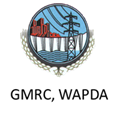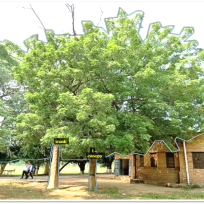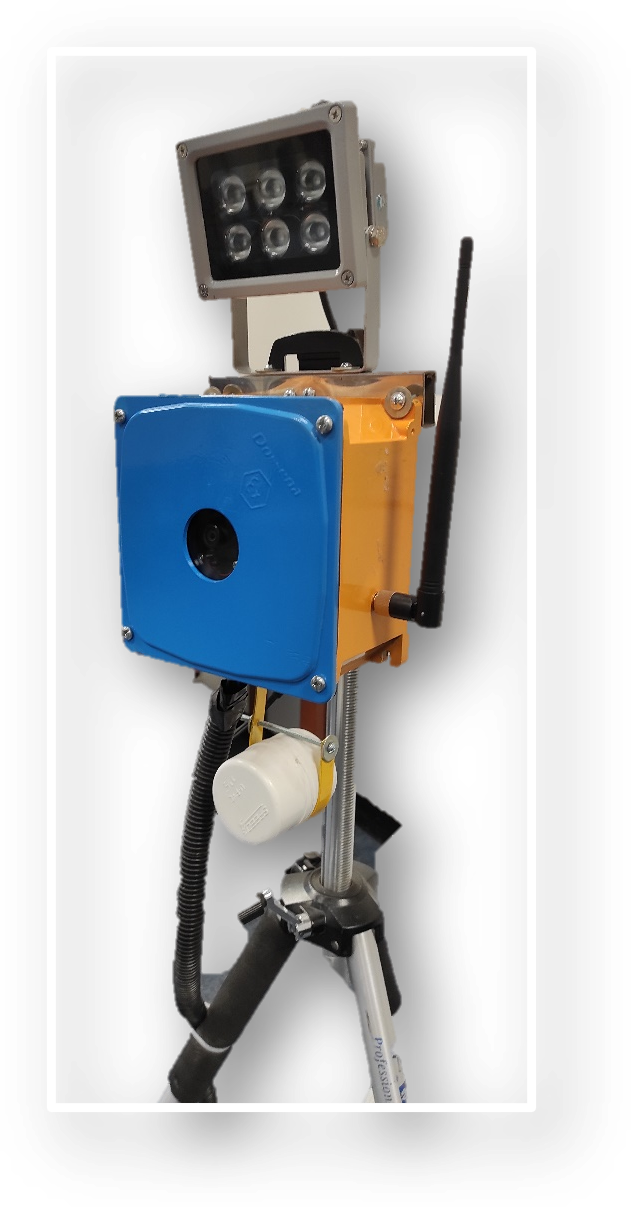NCRA-Agricultural Robotics Lab (NARL)
The NARL is a constituent lab of the National Centre of Robotics & Automation. The Lab is part of the Centre for Water Informatics and Technology at LUMS and is housed at the Syed Babar Ali School of Science and Engineering.
The Lab aims to build farmers’ capacity to achieve better yields with a lower environmental footprint by giving them indigenous, automation-driven technologies. NARL also aims to set up a state-of-the-art national precision agriculture facility, focusing on agricultural robotics and automation and providing a clear path from scientific problem-solving to technology roll-out for each of the following themes:
- Achieve High Water Efficiency
- Perform Reliable Crop Monitoring
- Lower Environmental Footprint of Agriculture
Research Domains and Technological Innovations
Research Domain 1: Achieving High Water Efficiency


Innovations:
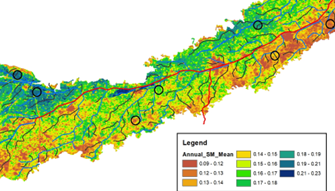
IndusWISE: Demand Driven Irrigation Management through Remote Sensing based Decision Support Tool
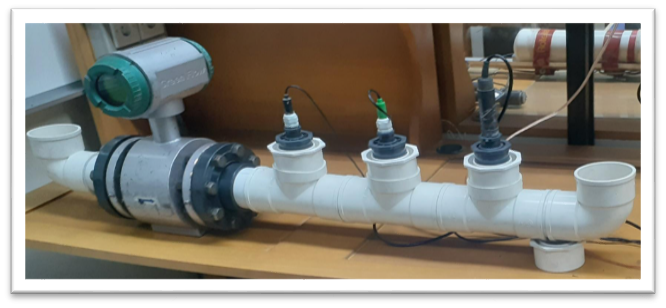
Water Quality and Flow Monitoring System
A cloud-connected hydrological monitoring solution to measure the physicochemical properties of water in real-time.
Research Domain 2: Perform Reliable Crop Monitoring


Innovations:
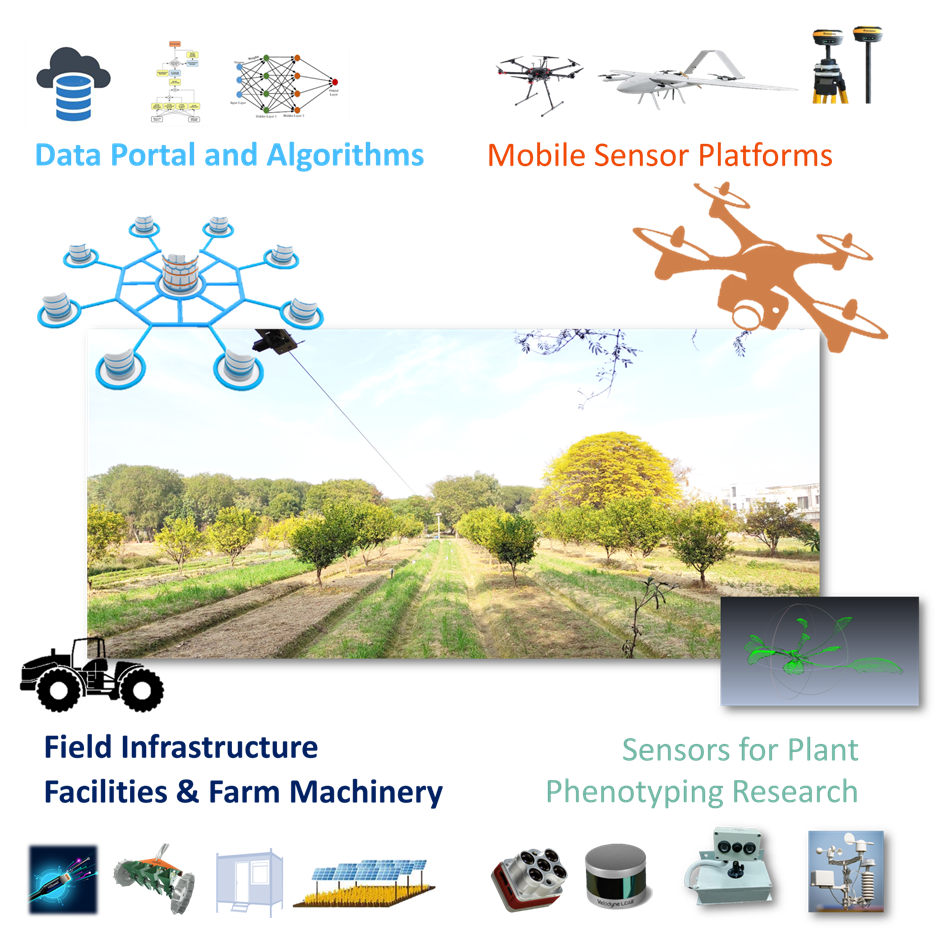
LUMS Digital Sustainable Agriculture Facility
LUMS Smart Agri-Field is a state-of-the-art, closed-loop, model agricultural farm for developing and testing innovative practices for sustainable farming. It was established on the LUMS campus to study the efficacy of Sustainable Intensification (SI) assisted by Precision Agriculture (PA) tools for improving the crop yields, soil health, and lives of the farmer community, compared with the orthodox agricultural practices. Data generated from the field will be accessible by academia and industry to solve the grand challenges in agriculture.
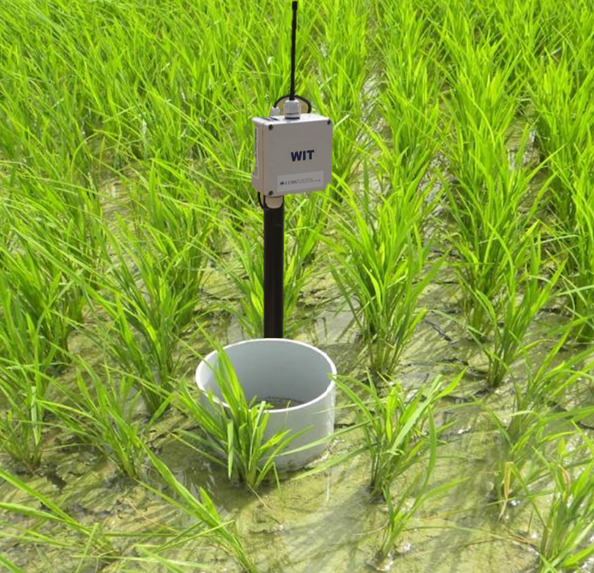
Smart AWD Tube for Paddy Fields
Smart AWD tube for paddy fields helps conveniently implement the Alternate Wetting and Drying (AWD) methodology in paddy fields. It generates an alert when water reaches 15 cm below the soil surface, and then irrigation is applied to re-flood the field to a depth of about 5 cm.
Research Domain 3: Lower Environmental Footprint of Agriculture


Innovations:
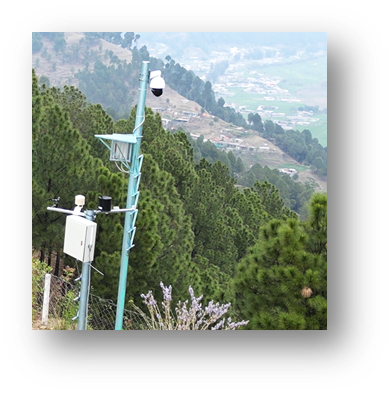
IntelliWarn: Integrated Early Warning Systems for Climate Change Resilience
- Forest Fires Early Warning
- Floods Early Warning
- Human-wildlife conflict
Related Links:
- Embracing IoT and AI for Forest Protection: Lessons Learned and the Path Forward for the Forest Fire Detection Early Warning System
- Exploring Technology-Driven Approaches for Early Detection and Response to Forest Fires: The LUMS Perspective
- Early warning and communication system for flood risk reduction in Gilgit-Baltistan.
Forest Health Monitoring App
It is an android-based application that easily monitors forest assets, making it easy to assess a single tree's biomass and carbon content and, ultimately, the whole forest area. The application helps in calculating a tree’s height and its diameter at breast height (DBH) using the distance method. The data is then used to assess the biomass and carbon content of the tree and calculate the total biomass of the whole forest area. The aggregate forest inventory data ultimately helps in the estimation of carbon sequestration required to stave off global warming.
Related Links:
All purpose IOT AI Camera
This all-purpose IoT AI camera has onboard edge computing capability and can be easily adapted for different applications. The IoT AI camera is a cost-effective solution for low-power IoT applications in remote locations ranging from biodiversity monitoring in forests, pest monitoring in agricultural fields, and trash monitoring in water channels.
Collaborators





